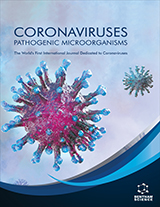Abstract
Allergic diseases are common worldwide and are prevalently caused by an inflammatory pathophysiology induced by the exposure to the specific allergen(s). The development of inflammation requires the involvement of regulatory cells that include antigen presenting cells and T lymphocytes, respectively orientating and orchestrating the immunological response, and the activity of cells such as mast cells and basophils, that release the typical mediators of allergic reactions, and eosinophils, which sustain the protracted inflammation. Differently from other sites of contact with allergen( s) such as respiratory or gastrointestinal tissues, the oral mucosa, based on the abundance of dendritic cells and their interaction with T cells, apparently works as a tolerogenic site concerning the response to allergen molecules. The other pivotal aspect of the oral mucosa is the minimal presence of inflammatory cells, especially eosinophils and mast cells. These characteristics play a crucial role in the sublingual administration of allergen immunotherapy, which in fact is easier to tolerate than injective immunotherapy, taking into account recent studies highlighting the important role of the Waldeyer's ring in developing tolerance to the sublingually administered allergen. Some patents addressing the identification of therapeutic agents for allergic inflammation are also summarized.
Keywords: Allergen, allergic inflammation, dendritic cells, oral mucosa, sublingual immunotherapy, Waldeyer's ring.
 43
43

















